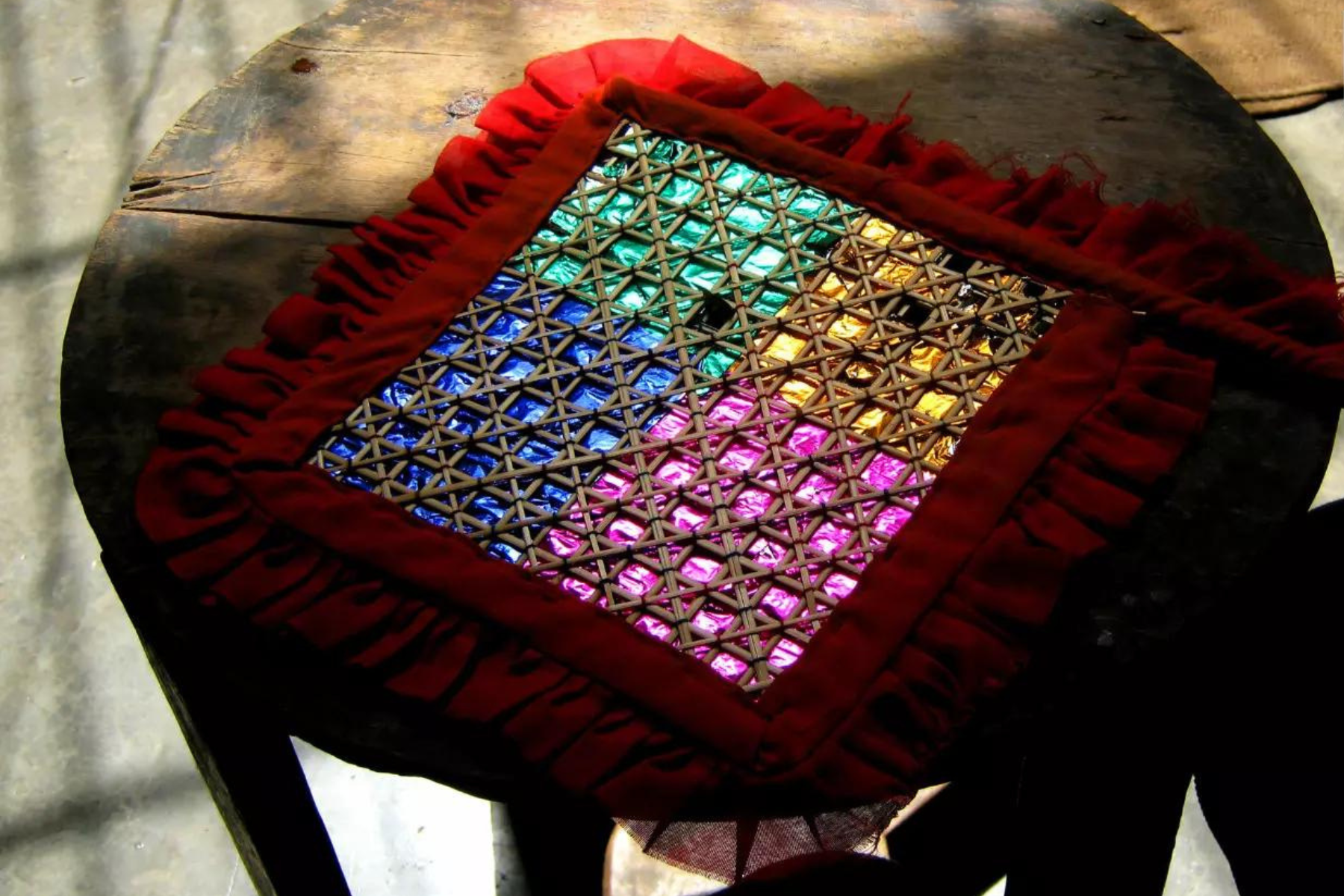Strolling in the lanes of the local market a few days back, my attention was caught by a handheld plastic fan. Bena. Or beejna. The ubiquitous object in every household that once quietly told the tale of a family’s financial and cultural status.
Like many other objects, the bena has almost disappeared from the Indian rural landscape in the past decade. Even if a handful of households still use it today, it is sure to become alien to the next generation. The word ‘bena’ wouldn’t mean anything to them. No evocation of warm summer nights—fragrant with unripe mangoes and made bearable by the stories told by grandmothers.
Once upon a time, the half-yearly churning of the iron trunk—waiting to receive the sunned and aired quilts and blankets—would throw up the beejna in March and April. Once it was retrieved, restoration would begin. The undone seams used to be mended, gota got tucked on the trims, and a mission would be launched to collect discarded snippets from tailors. Usually, the youngest person in the family led it. It was a thankless mission, often leading to an earful for not procuring enough. The lurid landscape of a local tailor’s shop was this leader’s hunting ground. Red, blue, green, yellow…a pile of rainbow!
If there was a wedding or another important event upcoming, the family engaged in making a bunch of beejna with equal seriousness and discipline that was required for other logistical work. New bamboo fans used to be bought from the market to be decorated by skilled hands. The basic warp-and-weft structure of the bamboo handheld fan had to be dressed in finery before it could be offered to visitors. All the old beejna were brought to the inner quarters with only the new, colourful ones to be handed to guests.
Along with the bamboo bena, big round palm fans—imitating those held by the minions flanking an emperor—were also bought sometimes. Why not go the whole hog?
Once the event concluded, the stockpile of the ‘good’ bena was carefully put away for future use. Like other articles, this stock also travelled from house to house in the spirit of community and shared existence.
Time transformed the shape and size of the bena. Instead of using bamboo strips, clever upcyclers started to cut wedding invitation cards into strips and the same warp and weft craft created a no-waste bena. They were reinforced by using plastic bags as if to last several generations! Fertiliser sacks were converted into the bena, too, after being filled with cardboard and decorated with leftover wool.
Power cuts in rural India are keeping the bena from extinction. But this object is not just about utility. There are lessons in sustainability, tactile skilling, folk art, and the warmth of community in each swing of the beejna.

















